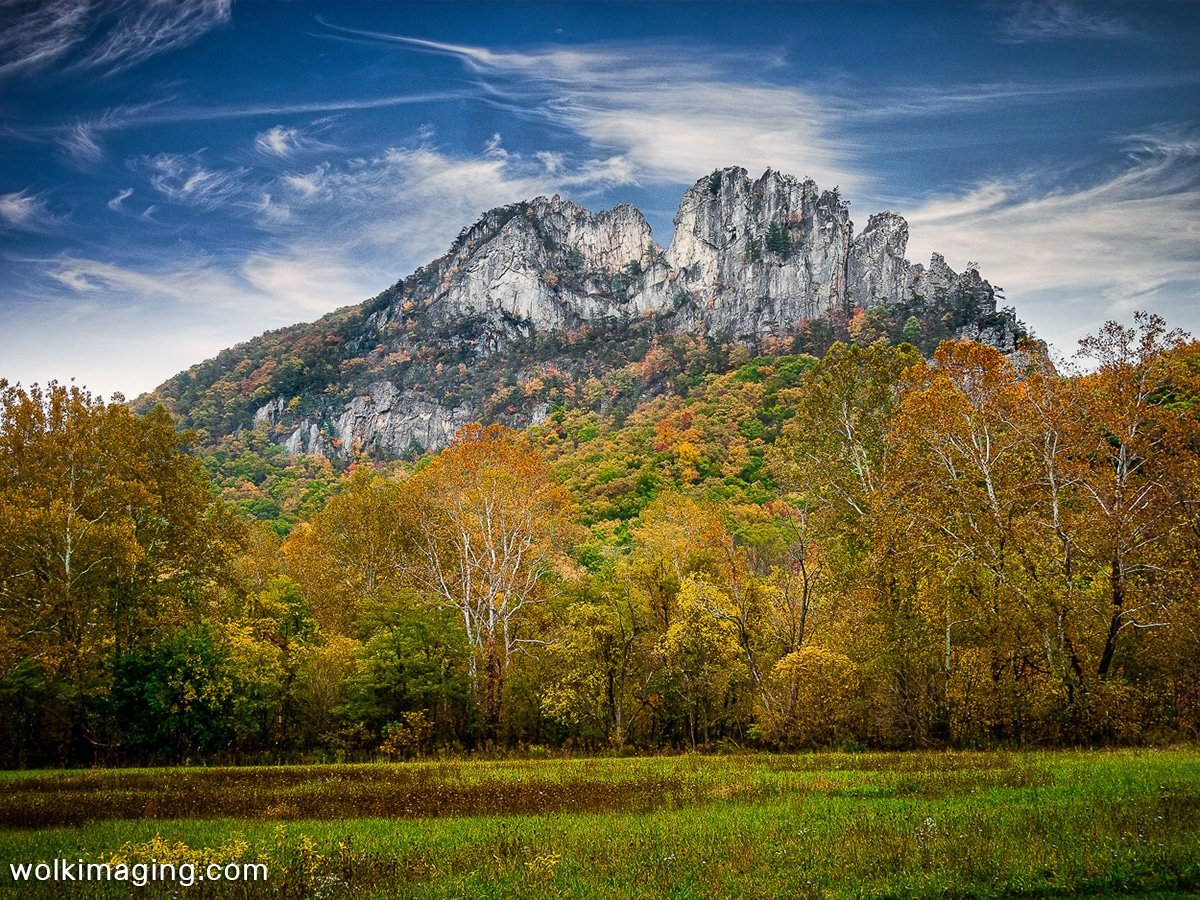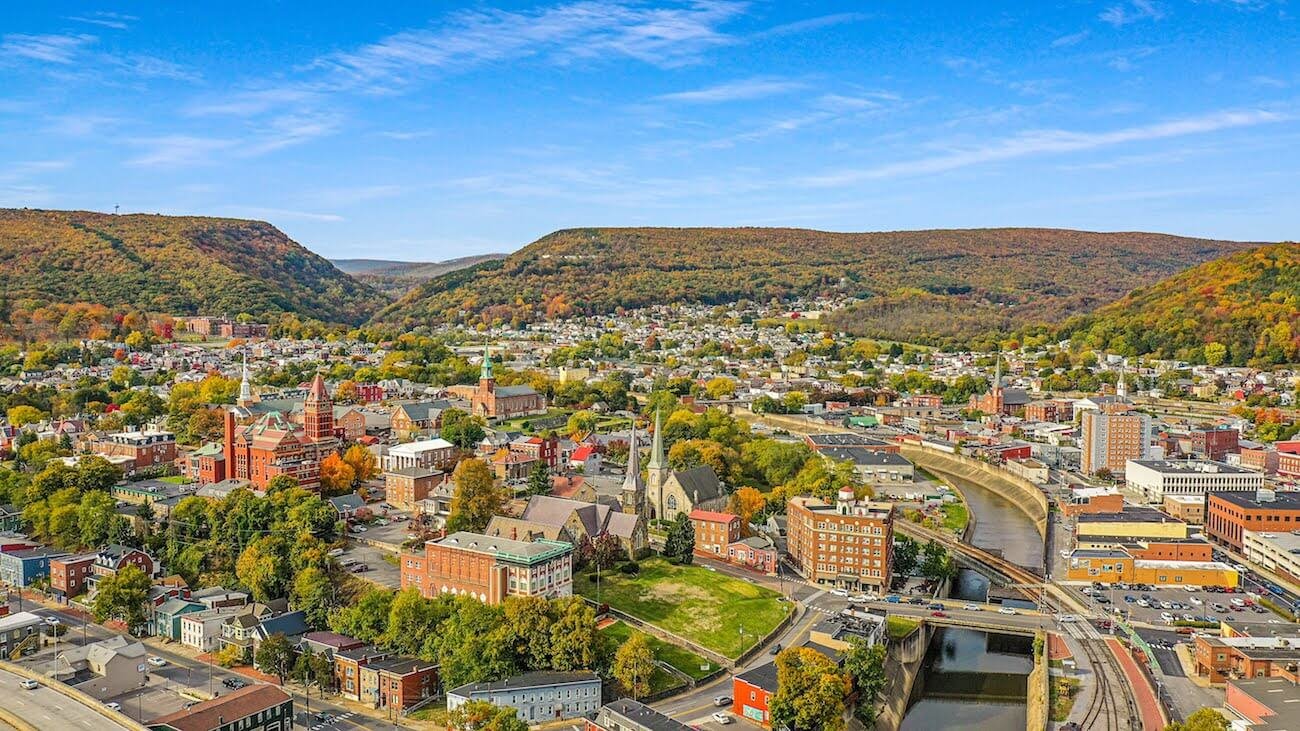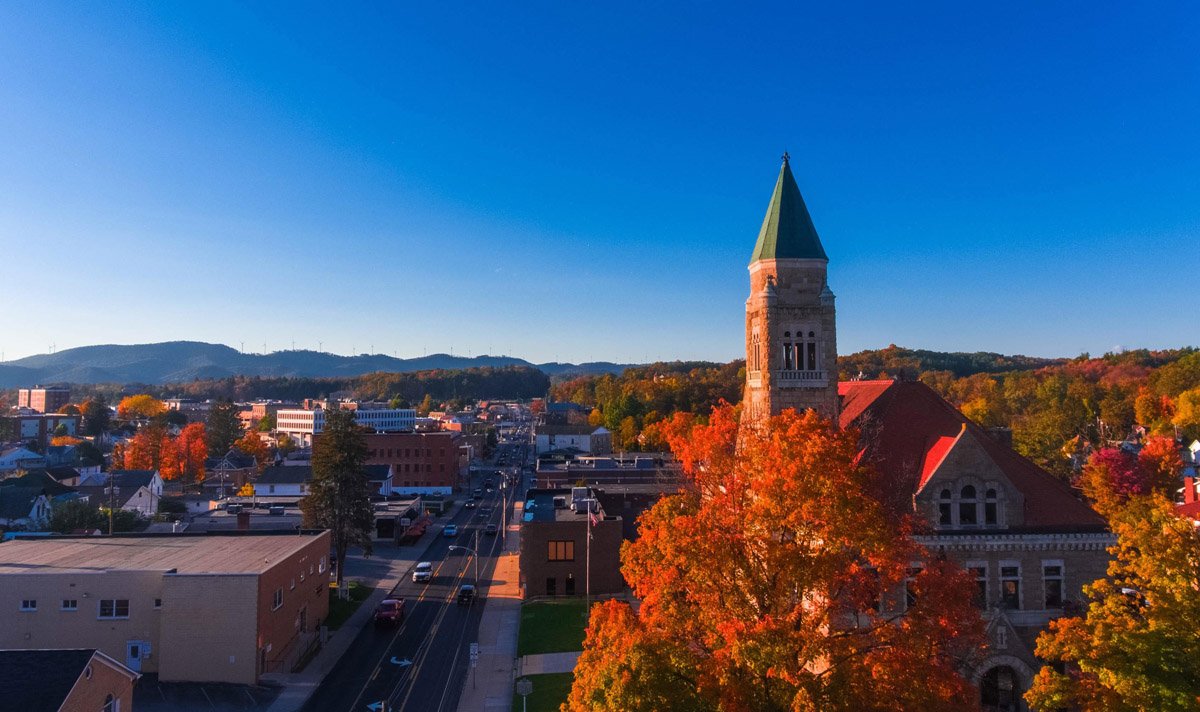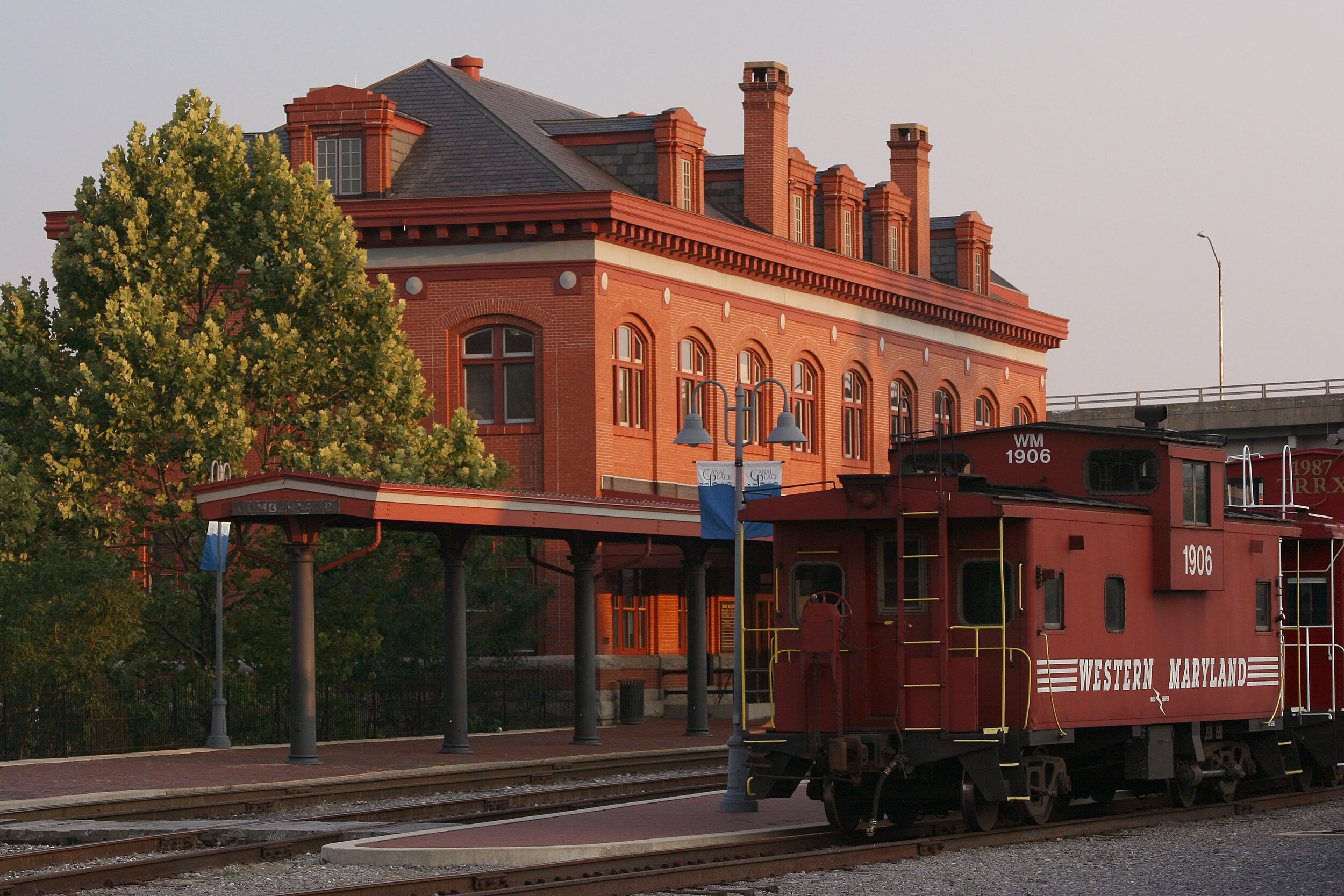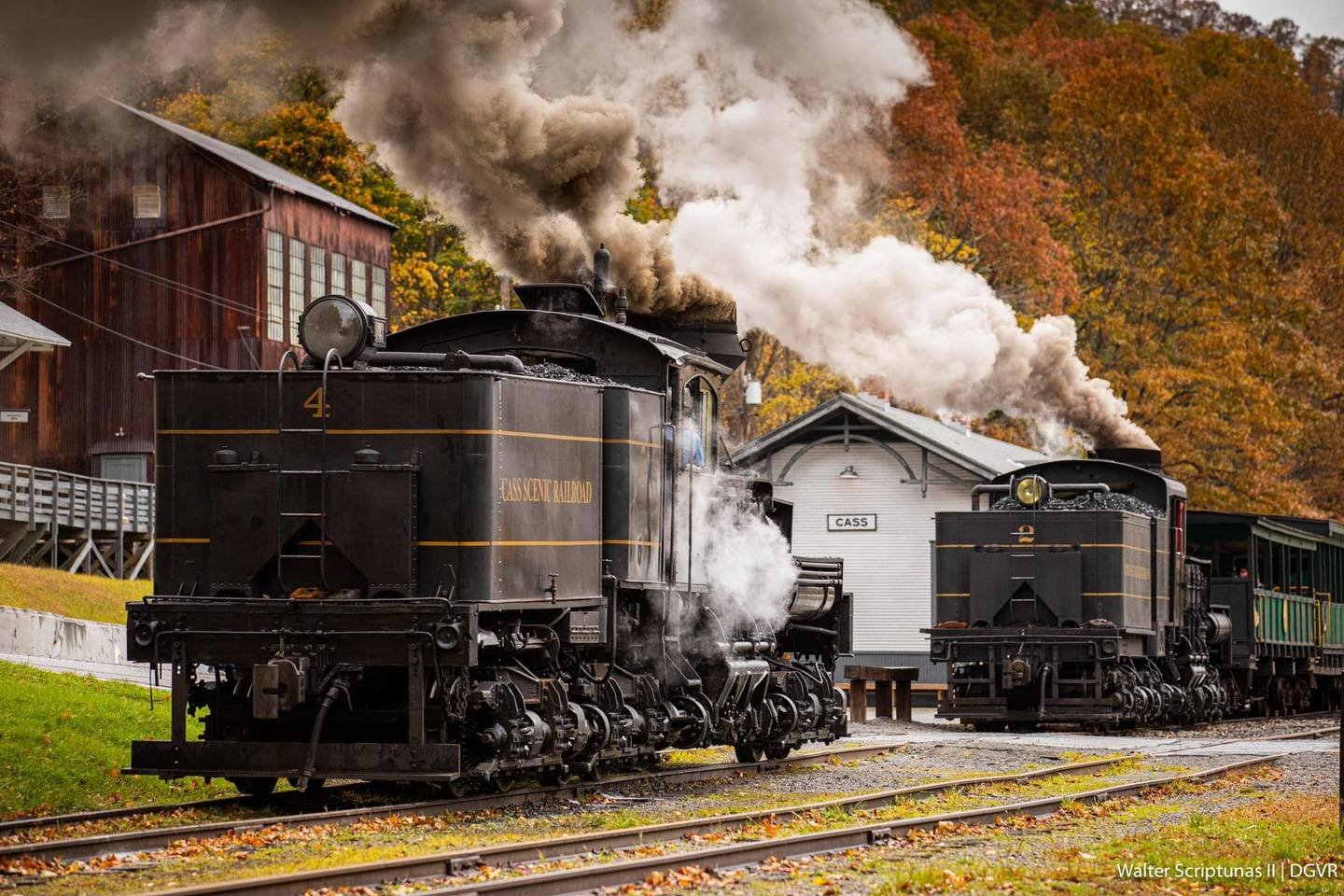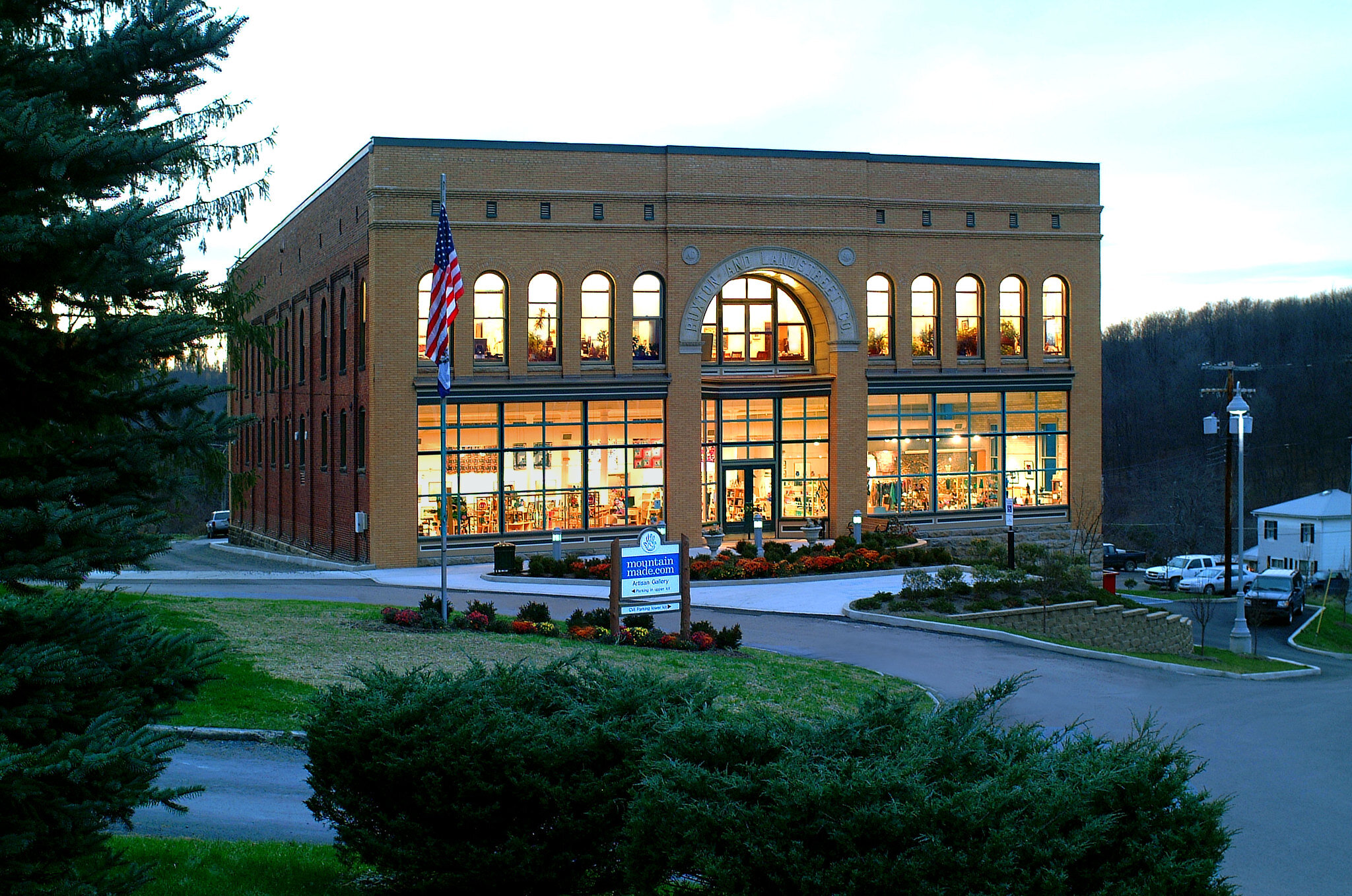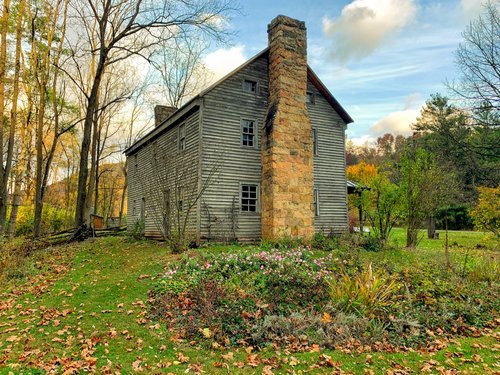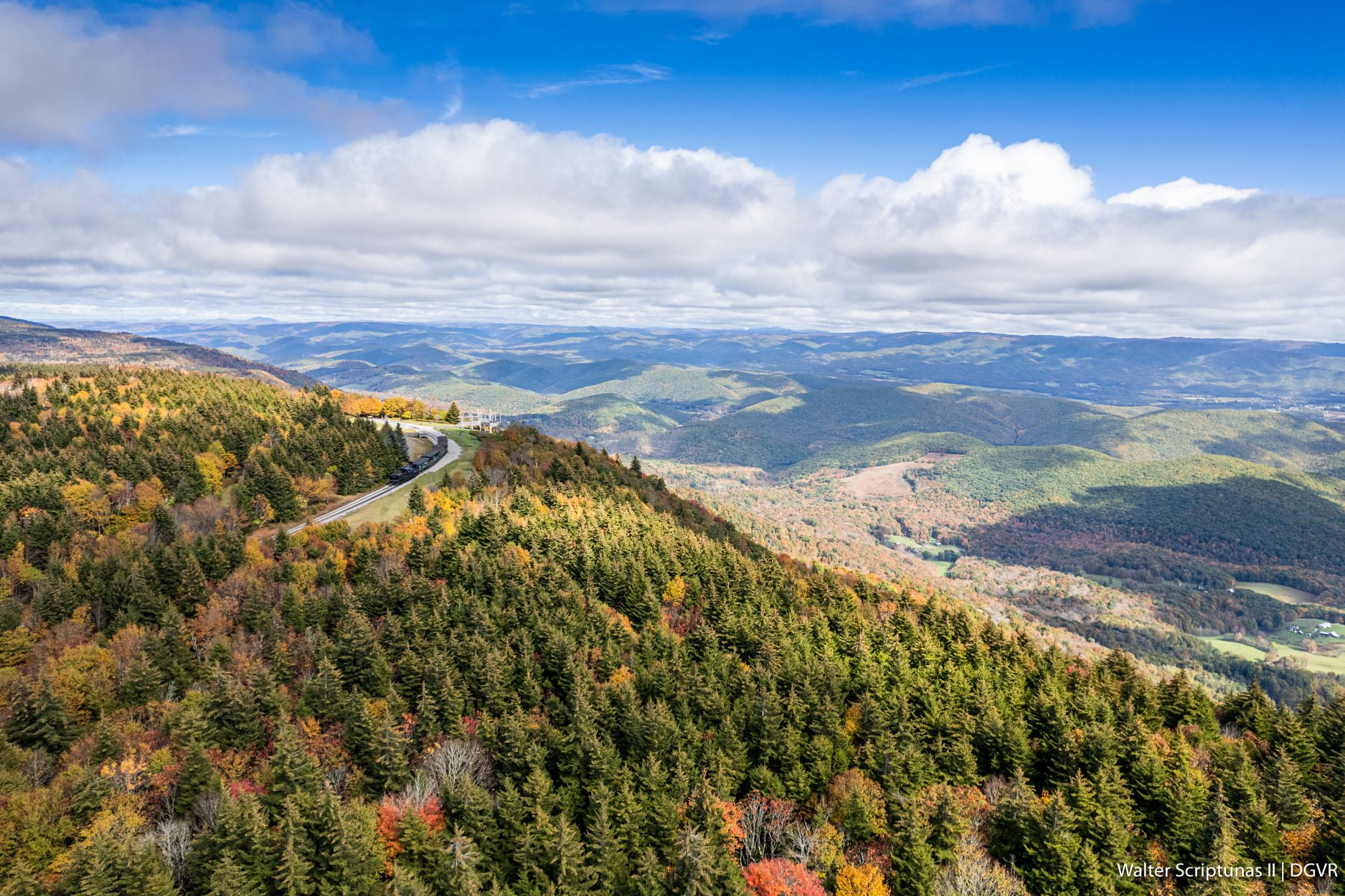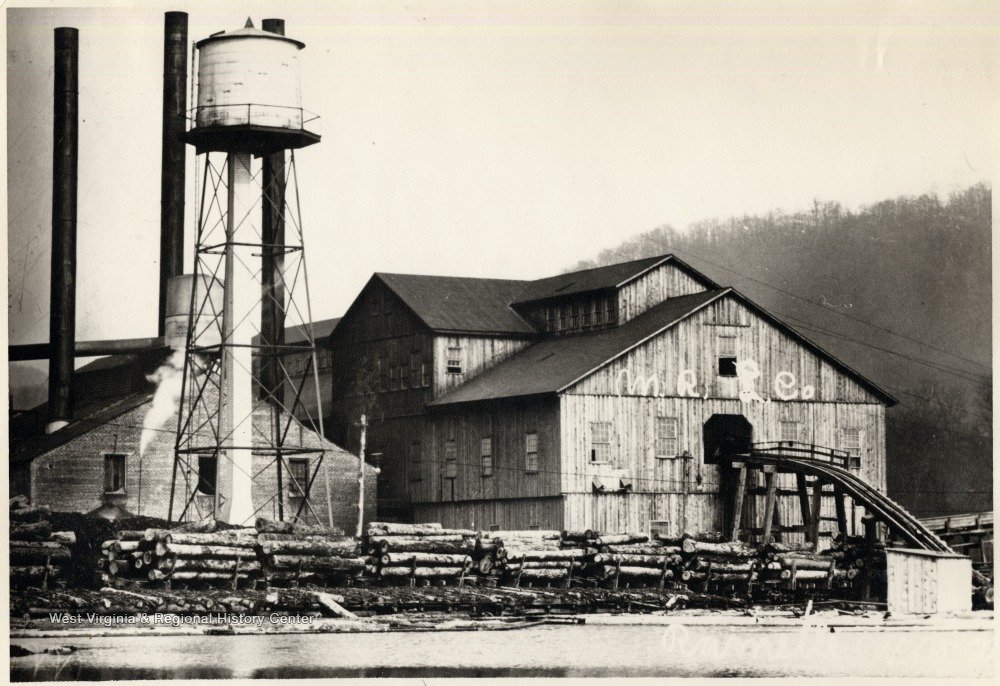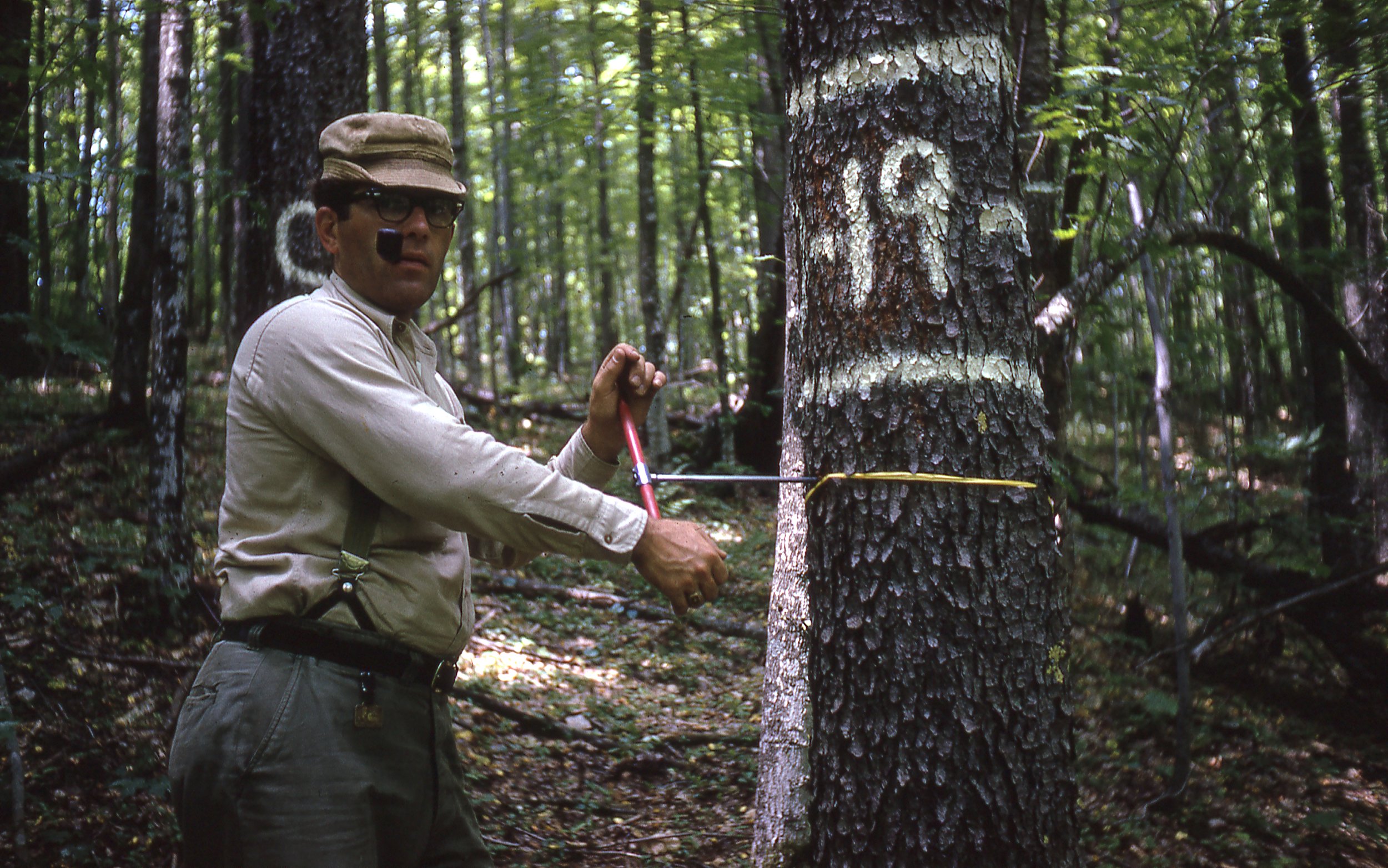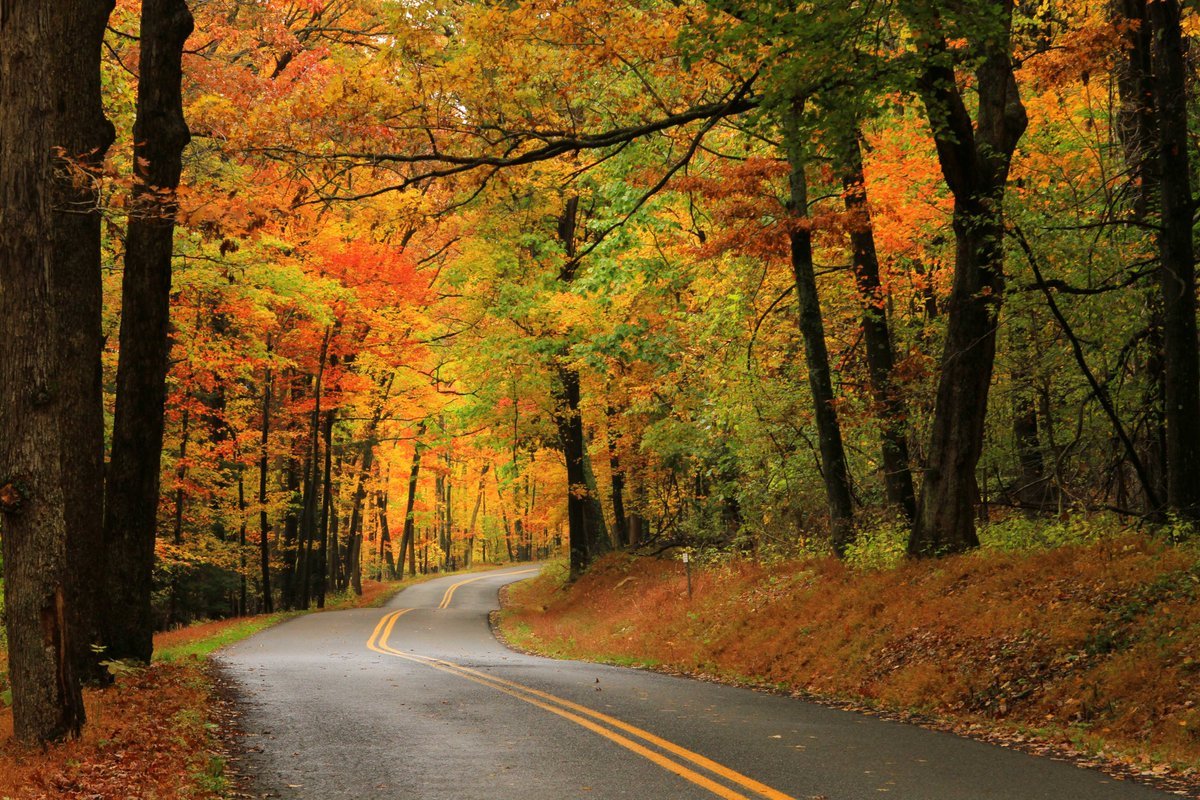About Our Region
Shaped by rugged terrain and a spirit of self-reliance, the Appalachian Forest National Heritage Area is home to a rich tapestry of history, culture, and natural beauty. Here, the forested mountains have influenced generations of people—just as those people have shaped the landscape in return.
Across 18 counties in West Virginia and western Maryland, our region is connected by deep forests, winding streams, and enduring stories just waiting to be discovered.
The Appalachian Forest National Heritage Area (AFNHA) partners with communities in 16 West Virginia counties and 2 Maryland counties to explore and strengthen the relationship between the people and the land. Our work centers on forest heritage, with a focus on conservation, sustainable forestry, cultural traditions, community development, and asset-based tourism.
Designated in 2019 as a National Heritage Area, AFNHA is recognized for its national significance. We bring people together to celebrate shared heritage, enhance local assets, and build lasting partnerships. We invite you to join our Management Planning process and learn more about Our Organization—how we began and where we’re headed.
AFNHA covers the central Appalachian highlands, including the Maryland counties of Garrett and Allegany and the West Virginia counties of Barbour, Braxton, Grant, Greenbrier, Hampshire, Hardy, Mineral, Morgan, Nicholas, Pendleton, Pocahontas, Preston, Randolph, Tucker, Upshur, and Webster.
Our heritage is interpreted through four core themes that reflect the unique identity of the region. Explore these themes through curated itineraries, interactive maps, and local stories that bring the Appalachian Forest to life.
Forest Heritage
The Appalachian Forest showcases the interrelationship of people and the forest. Forest Heritage is the ongoing story of how the forest shapes history and culture, and how nature and human use shape the forest.
Forest Abundance
Ancient mountains of the Appalachian Forest feature abundant mixed hardwood and red spruce forests, where mountain microclimates and northern and southern species converge to create some of the most biodiverse forest ecosystems in North America.
Cheat Mountain Salamander
Roaring Plains West Wilderness
Crucible of Isolation
People from many cultures came together in the Appalachian Forest, where geographic isolation and the rough mountain terrain fostered a distinctive Appalachian culture of self-reliance and connection to the land expressed through folkways and living traditions that enrich America today.
Harvesting garlic mustard
Weaving on a loom
Logging Boom BUilds the Nation
On the cusp of the 20th century, the expansion of railroads opened the widespread harvest of the Appalachian Forest in a logging boom that helped fuel industrial expansion for the Eastern United States but devastated the landscape and altered mountain economies.
Loggers on Cheat Mountain
Cass Scenic Railroad State Park
Resilient Forest
Recovery of the landscape from the logging boom shows the resilience of the Appalachian Forest, with scientific management today conserving forestlands for multiple purposes including ecological stewardship, recreation and tourism, and sustainable harvest of forest products.
Cranberry Glades Botanical Area
Kayaking on Mill Creek
Read more about these themes in our Management Plan

